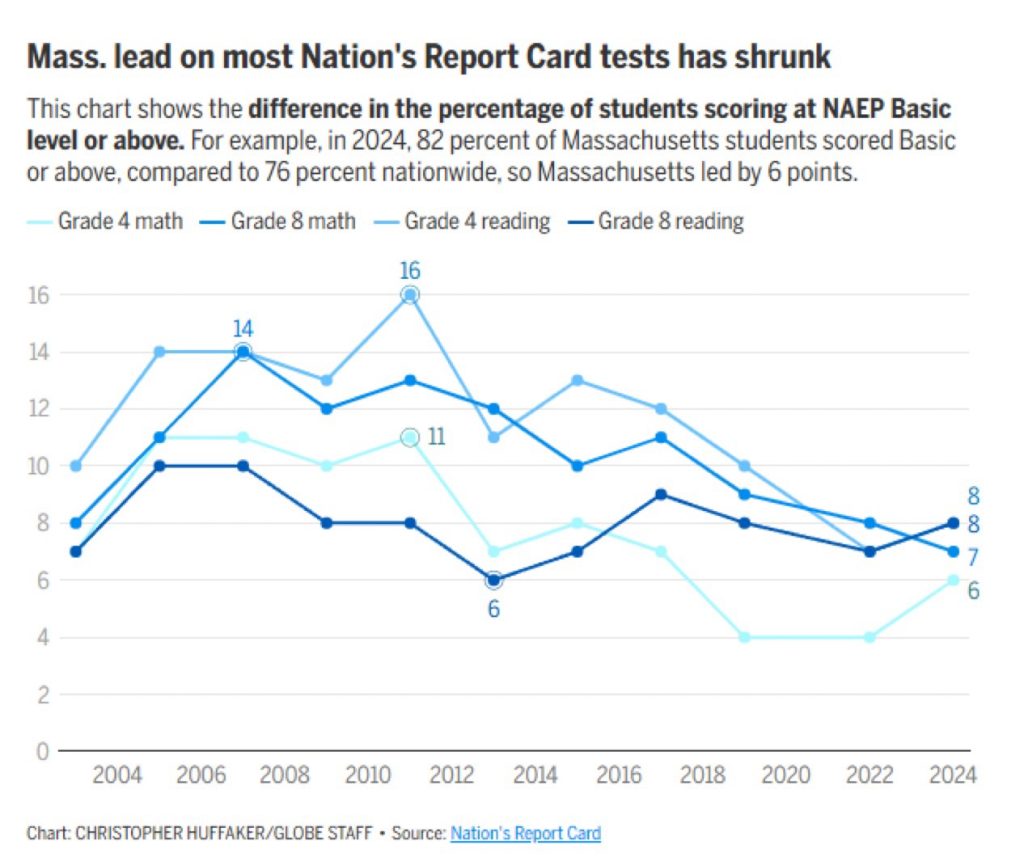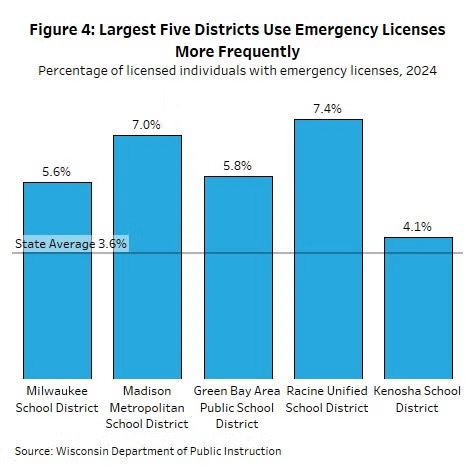Via Quinton Klabon:
Steven Dykstra is a retired clinical psychologist in Milwaukee. He didn’t think much about dyslexia until his son had trouble reading in first grade. He and his wife arranged a conference with the teacher, who asked whether they read to their son at home. “When we assured her that we had read to him every night since he was only a few months old, she was confused,” he told me. “She asked us, ‘Are you sure?,’ as if we had hallucinated all these many hours.”The teacher then asked what they did when their son struggled to read a word. “We told her that we helped him sound it out, “he said. “That was her ‘Aha! moment. “That’s the problem, she said. ‘That’s what’s messing him up. You need to stop doing that. Phonics doesn’t work.'”
Dykstra was employed for thirty-three years by Milwaukee County’s public-health department, and he spent most of that time on a mental-health-crisis team that provided counselling to children and young adults. He told me about a case involving a sixteen-year-old girl who had been engaged in many kinds of self-destructive behavior “She took drugs, and she would sell herself, and she would wake up after being drunk with these awful amateur tattoos, ” Dykstra said. She eventually agreed to meet with him on the condition that they do so in her parents’ garage and keep the door open so that she could flee if she felt she needed to.
During their conversation, Dykstra said, the girl surprised him by revealing that she was unable to read-something that hadn’t come up during weeks of interviews with people in her life.
The girl told him that, in elementary school, she had avoided being called on by doing things like pretending to be sick or walking out of the room, and that she had once hit a teacher with a book. She didn’t mind being punished, she said, because no punishment could be worse than the laughter of her classmates. “Then the conversation shifted to other things,” Dykstra continued. “I said, ‘You know, lots of other people wouldn’t do the things you do, like go to a motel with a stranger for forty dollars, because they would feel such intense shame.’ And she looked at me like I was an idiot. She said, I’ve been ashamed every minute of my life since I started first grade. I’m used to it.'”
Partly because of his experience with that girl and with his son, Dykstra told me, in counselling sessions with young people he always asked, “When you started school, was there one thing that was harder than anything else?” Often, he said, the answer was reading. For children who can’t read, every school day holds the potential for repeated humiliation, and the severity of the humiliation grows as the gap between them and their classmates widens. Hanford told me, “If you are a kid who is struggling to read, you are experiencing failure really fast, and you are experiencing massive confusion, and it is actually fucking frightening.”
——-
Madison taxpayers have long supported far above average (now > $26,000 per student) K-12 tax & spending practices. This, despite long term, disastrous reading results.
Madison Schools: More $, No Accountability
The taxpayer funded Madison School District long used Reading Recovery…
The data clearly indicate that being able to read is not a requirement for graduation at (Madison) East, especially if you are black or Hispanic”
My Question to Wisconsin Governor Tony Evers on Teacher Mulligans and our Disastrous Reading Results
2017: West High Reading Interventionist Teacher’s Remarks to the School Board on Madison’s Disastrous Reading Results
Madison’s taxpayer supported K-12 school district, despite spending far more than most, has long tolerated disastrous reading results.
“An emphasis on adult employment”
Wisconsin Public Policy Forum Madison School District Report[PDF]
WEAC: $1.57 million for Four Wisconsin Senators
Friday Afternoon Veto: Governor Evers Rejects AB446/SB454; an effort to address our long term, disastrous reading results
Booked, but can’t read (Madison): functional literacy, National citizenship and the new face of Dred Scott in the age of mass incarceration.
When A Stands for Average: Students at the UW-Madison School of Education Receive Sky-High Grades. How Smart is That?

